Pocket hole joinery
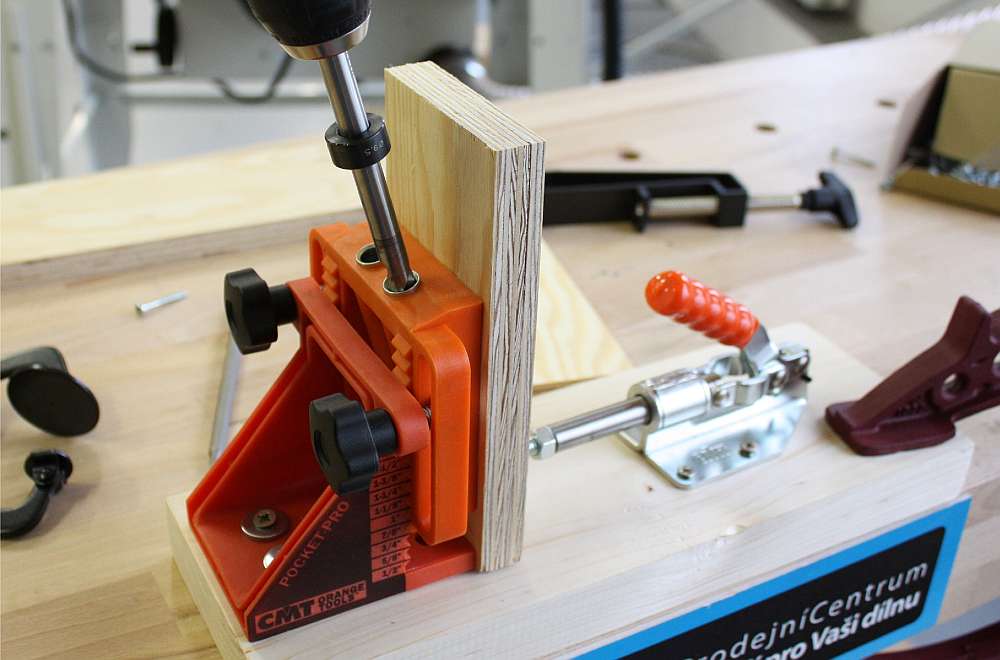
The production of pocket holes couldn't be any easier when using the right product. There's a wide range of helpful jigs out there, so make sure you choose the one that suits you best. If you lack experience with this kind of joining, then this detailed presentation is just for you, just scroll down and get acquainted with pocket hole joining.
Pocket holes have been established for decades as a trusted method of joining table tops to a framework when making kitchen tables. And if you don't possess the knowledge of the old and wise joiners, we do recommend getting the Pocket Hole Jig. Because drilling an accurate hole freehand at an angle of around 20° to the horizontal is fraught with difficulty.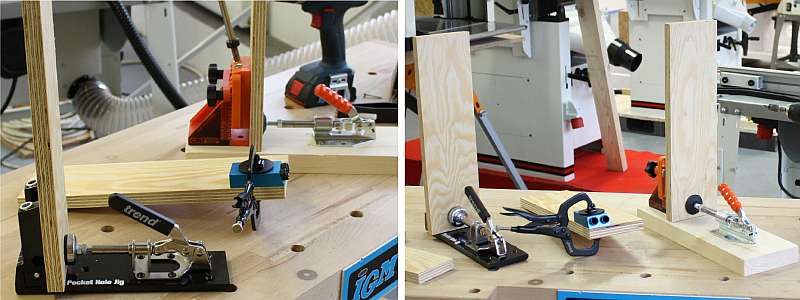
Essentially, it’s a very rapid method of constructing a framework or carcase using screws which are driven into the opposing part of the joint at a shallow angle. For accuracy when screwing together, it’s desirable that the components are held securely, either with a frontal clamp or an F clamp. If necessary, once completed, the joint can be taken apart at a later stage. You can use glue to strengthen the joint.
I did a swift trial of the CMT Pocket hole system and produced a simple T-joint. I cut two 70mm strips from an 18mm plywood and made them true on a JET Mitre saw.
This is one of the essentials of pocket hole joinery. I draw a pencil line to demonstrate the importance of perfectly accurate dead squaring. Remember to keep some minimum distance from the edge of wood when planning drill holes. Drilling a hole too close to the edge may result in a split in the wood.
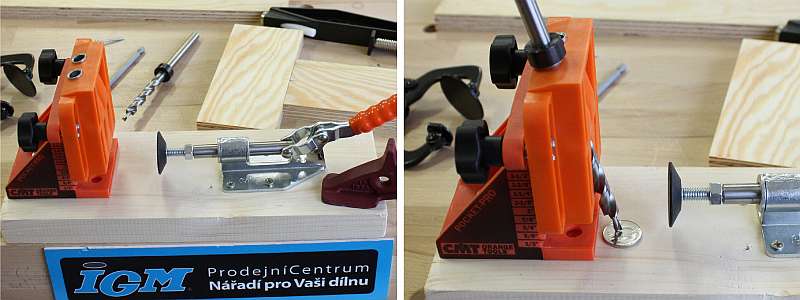
Then I set the desired drilling depth, as shown in the picture. Use a coin or a pad to quickly and accurately set-up your drill. Set the drill on the fastest setting, this will assure simple and clean drilling, securing a proper cut and necessary extraction of sawdust.
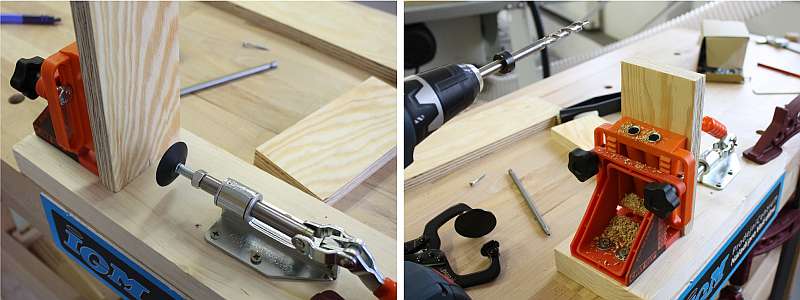
Once finished, you're ready to join the pieces with quality screws, ideal for this type of joinery. To properly clamp the joint use the Pocket-hole clamp that secures and aligns both pieces. The application of screws itself needs to be done at a much slower speed with the appropriate torque setting on the drill driver.
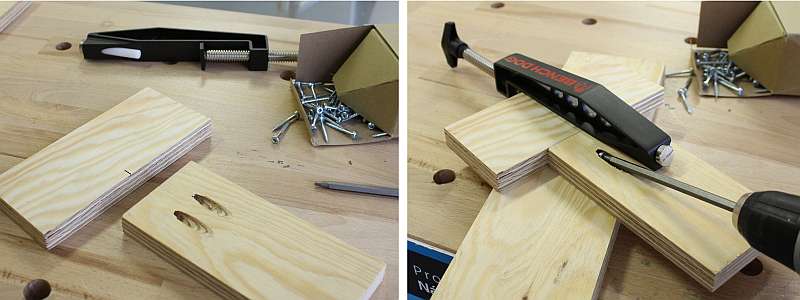
The final picture shows the completed joint. You can create this joint yourself. After acquiring the jig, simply follow the instructions and create a pocket hole joint. Keep in mind that screws attached to the end grain will have almost no strength!
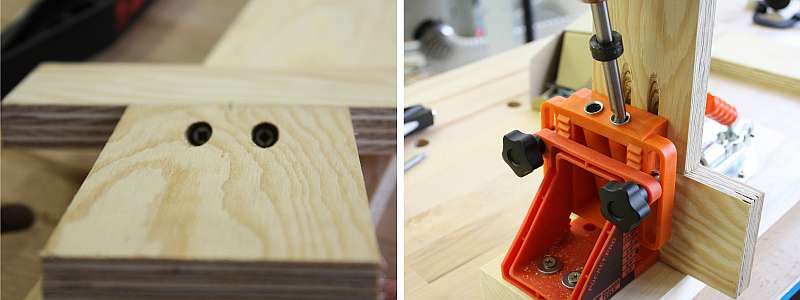
The only disadvantage of this practice is the visibility of the drilled holes from on side. However, I have already seen some woodworkers covering the holes with wooden dowels, thus eliminating the unpleasant sight. In any case, it's ideal to join various structures, framework and similar constructions.
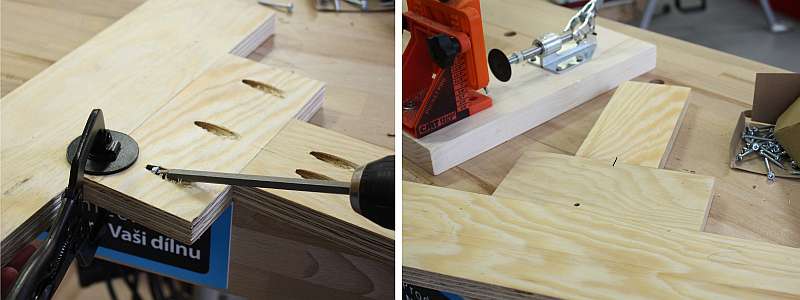
Pocket hole joinery deserves a little more recognition; it’s fast, accurate and strong. Thanks to this product, everyone can handle a simple pocket hole joining.
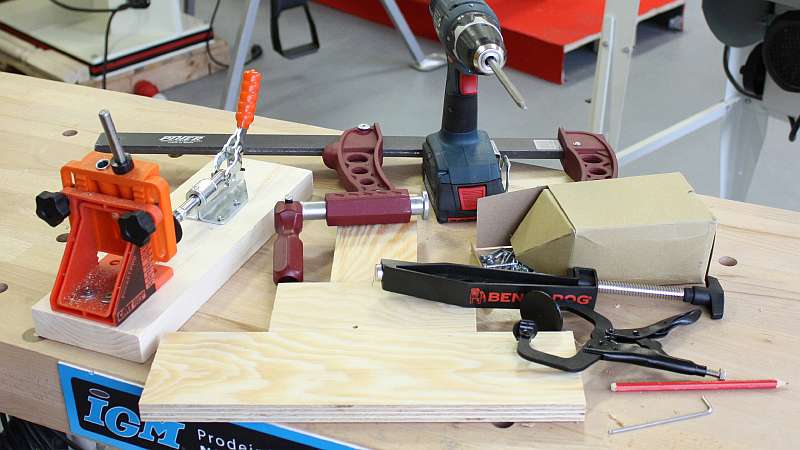
Available Products:
CMT Pocket-Pro hole jig
Pocket hole jig
IGM Pocket Hole Jig for 6mm, 8mm & 10mm wooden dowels
Recommended accessories:
CMT Frontal Clamp
CMT Set of Screws for Pocket-Pro, 500 pcs
Back to what's new